Best Country in South America to Travel 10 Reasons to Go Now
Last updated on May 26th, 2025 at 03:18 pm
My hands were shaking – and not from the cold mountain air.
Standing at 13,000 feet above sea level on October 3rd, 2022, watching the sunrise paint Huayna Picchu in shades of gold I didn’t know existed, I finally understood what my Peruvian taxi driver meant three weeks earlier when he said, “Peru doesn’t just show you places, hermano. It shows you who you are.”
I’d been traveling for twelve years, visiting 47 countries, always searching for that next incredible destination. But nothing – and I mean nothing – prepared me for what Peru would do to my soul.
That taxi driver was right. Peru isn’t just another stamp in your passport. It’s the country that’ll make you believe in magic again.
After spending eight months exploring every corner of South America over the past three years, I can tell you with absolute certainty: Peru is the best country in South America to travel to, and frankly, it’s not even a fair competition.
Why Peru Leaves Every Other South American Destination in the Dust
Here’s the brutal truth most travel bloggers won’t tell you: most South American countries are one-trick ponies.
Brazil? Amazing beaches and Rio’s energy, but everything’s expensive and the cultural depth outside major cities is limited. Argentina? Fantastic wine and beef, but you’ll blow through your budget in Buenos Aires faster than you can say “tango.” Chile? Gorgeous Patagonia, sure, but good luck affording it.
Peru? It’s like someone took the best parts of every South American country and crammed them into one incredible package.
Where else can you haggle for alpaca sweaters with an 80-year-old Quechua grandmother in the morning, spot a jaguar in pristine rainforest by afternoon, and end your day eating at a restaurant that makes French cuisine look amateur? That’s Tuesday in Peru.
The stats back this up too. Peru welcomed 4.6 million visitors in 2023 – more than any South American country except Brazil (which is literally the size of the continental United States). UNESCO has designated 13 World Heritage sites here, including ones you’ve probably never heard of but will never forget.
But forget the numbers for a minute. Let me tell you why your Instagram friends will hate you after your Peru trip.
10 Reasons Peru Will Ruin Every Other Destination for You
1. Machu Picchu Is Just the Opening Act (And It’s Still Mind-Blowing)
Look, I’ll be straight with you – I almost skipped Machu Picchu on my first Peru trip. “Overrated tourist trap,” I thought. “Probably just some old rocks with way too many selfie sticks.”
I’ve never been more wrong about anything in my life.
Arriving at Machu Picchu at 5:47 AM on that October morning, watching the mist slowly peel away from those impossible terraces like nature was unwrapping a gift just for me… I actually teared up. And I’m the guy who usually rolls his eyes at “spiritual travel experiences.”
But here’s what nobody tells you: Machu Picchu is just the most famous of Peru’s archaeological wonders. The country has over 100,000 archaeological sites. One hundred thousand! Some haven’t even been fully explored yet.
I hiked to Choquequirao – they call it the “other Machu Picchu” – and saw maybe twenty other people over three days. The trek nearly killed me (I’m not as fit as I pretend to be), but standing alone among those terraces, hearing nothing but wind and my own breathing? That’s when you realize how small you are in the grand scheme of history.
Real Talk Tips:
- Book Machu Picchu tickets 4 months ahead – they sell out, especially for Huayna Picchu climb
- Go to Choquequirao if you want Machu Picchu without crowds (but prepare for a brutal trek)
- Visit Sacsayhuamán in Cusco – those stone blocks are so perfectly fitted you can’t slip a knife between them
- Don’t skip the Sacred Valley – it’s often more impressive than the main event
2. The Cultural Authenticity Will Mess With Your Head
You want to know what caught me completely off guard? How alive Peru’s indigenous culture still is.
I was in a small village called Ollantaytambo, sitting in what locals call a “chichería” (basically a corn beer bar that’s been family-run for generations), when this elderly woman started speaking to me in rapid-fire Quechua. I looked confused, so her grandson translated: “My grandmother wants to know if you’ve ever seen alpacas give birth.”
This led to a three-hour conversation about traditional farming, ancient agricultural techniques that NASA now studies for sustainable agriculture, and why Western civilization has it backwards when it comes to respecting nature.
That night, she taught me to weave using methods her great-great-grandmother used. My attempt looked like a colorful disaster, but her patient laughter reminded me why I love travel – those moments when strangers become teachers, and you realize how much you don’t know about the world.
Forty-seven indigenous languages are still spoken in Peru. Forty-seven! Compare that to most “culturally rich” destinations where traditional culture exists mainly for tourist performances.
What You Need to Know:
- Learn “Ima sutiyki?” (What’s your name?) in Quechua – locals light up when you try
- Visit local markets like Pisac on Sundays for authentic cultural exchange
- Time your visit during Inti Raymi (June 24th) – it’s like traveling back 500 years
- Buy textiles directly from artisans, not souvenir shops – the stories behind each pattern are incredible
3. Three Completely Different Worlds in One Country
This might sound like travel brochure nonsense, but Peru legitimately contains three distinct planets.
The Amazon section covers 60% of the country. I spent five days at a lodge near Iquitos and saw more wildlife than during two months in Costa Rica. We’re talking three-toed sloths hanging five feet above my head, pink dolphins playing in chocolate-colored rivers, and birds so colorful they look like someone’s hallucination.
The highland Andes region? Condors with ten-foot wingspans soaring over canyons that make the Grand Canyon look like a crack in the sidewalk. Villages where people still farm using terraces built before Columbus was born. Mountains so dramatic they hurt your eyes.
And the coast? The Atacama Desert creates landscapes so alien that NASA uses similar terrain to test Mars rovers. Plus, Lima sits right on the Pacific, creating this weird contrast where you can surf in the morning and explore desert oases in the afternoon.
I met a German photographer in Huacachina who’d been trying to capture Peru’s diversity for six months. “Every time I think I understand this country,” he told me over pisco sours, “it shows me something that breaks my brain.”
Planning Reality Check:
- Altitude hits everyone differently – I felt fine in Cusco but got wrecked in Puno
- Amazon visits need at least 4-5 days to be worthwhile
- The coast has its own weather system – Lima can be foggy when the mountains are crystal clear
- Pack for every climate imaginable – seriously, everything from jungle humidity to mountain snow
4. The Food Scene Will Destroy Your Diet and Your Expectations
Forget everything you think you know about South American food. Peru doesn’t just have good restaurants – it has a culinary revolution that’s redefining what food can be.
Lima has five restaurants in The World’s 50 Best. Five! That’s more than most entire countries. But the real magic happens in places you’d never expect.
There’s this woman named Doña Maria who runs a tiny ceviche stand in Lima’s Chorrillos district. No menu, no website, just whatever fish came in that morning “cooked” in lime juice with purple onions, sweet potato, and corn. I ate there six times in ten days because it was better than restaurants charging $150 per person.
And cuy (guinea pig)? I was skeptical until I tried it in Cusco. Prepared right, it tastes like the most tender rabbit you’ve ever had, crispy skin and meat that falls off the bone. The family who prepared it had been perfecting their recipe for four generations.
But it’s not just exotic dishes. Peru has 3,000 varieties of potatoes. Three thousand! They’ve been cultivating potatoes for 8,000 years while the rest of the world was still figuring out agriculture.
Food Adventure Tips:
- Lima’s Central restaurant requires reservations months ahead, but it’s worth the planning
- Street food is safe and incredible – look for places packed with locals
- Try regional specialties: anticuchos in Lima, rocoto relleno in Arequipa, juane in the Amazon
- Don’t miss the markets – San Pedro in Cusco has fruit you’ve never seen before
5. Adventure Activities That’ll Push Every Boundary
Whether you’re a Netflix-and-chill person or an extreme sports junkie, Peru has something that’ll make you feel alive in ways you forgot were possible.
For beginners, there are easy Sacred Valley hikes with views that’ll make your friends think you hired a professional photographer. The train to Machu Picchu is comfortable and scenic – no hiking boots required.
Intermediate adventurers can tackle the Inca Trail (which I did in May 2023 and nearly died on Day 2 – turns out four flights of stairs at home doesn’t prepare you for Andean mountain passes). Or try white-water rafting on the Urubamba River, which ranges from gentle Class II rapids to “holy crap we’re gonna die” Class IV sections.
Hardcore thrill-seekers? Peru is your playground. Multi-day Amazon expeditions where you might not see another human for a week. Technical climbs on 20,000+ foot peaks. Or sandboarding down massive dunes in Huacachina (pro tip: falling face-first into sand is less fun than it looks in videos).
I tried sandboarding despite being terrified of heights and coordination-based activities. Watching 12-year-old Peruvian kids fly down dunes I was too scared to attempt was humbling, but the locals cheering when I finally made it down (very slowly) was one of those travel moments that makes all the fear worth it.
Adventure Reality Check:
- Book the Inca Trail 5-6 months ahead – permits sell out immediately
- Altitude affects everyone – I’m relatively fit but struggled at 12,000+ feet
- Local guides know hidden gems worth more than their modest fees
- Travel insurance isn’t optional for adventure activities
6. Your Money Stretches Further Than You Think Possible
Let’s talk money because this matters for real trip planning.
I spent 23 days in Peru and my total budget was $1,847, including flights from Miami. That covered comfortable accommodation (private rooms with bathrooms), all meals, transportation, activities, and even some splurges like a fancy dinner in Lima.
Compare that to my Chile trip where I blew through $200 per day just trying to eat decent food and sleep in hostels that weren’t completely sketchy.
In Lima, I stayed in a gorgeous boutique hotel in Miraflores – ocean views, daily breakfast, rooftop terrace – for $68 per night. The same room in Buenos Aires would cost $180+.
Food costs are almost ridiculous. A fantastic three-course lunch (called “menú del día”) typically costs $4-6. Even upscale restaurants rarely exceed $35 per person for multi-course meals that would cost $100+ in major U.S. cities.
Transportation? A 10-hour bus ride from Lima to Cusco in a comfortable reclining seat with meals and entertainment costs about $30. Try finding anything comparable in Europe or North America.
Budget Breakdown (Per Day):
- Backpacker style: $25-40 (hostels, street food, local transport)
- Mid-range comfort: $60-90 (nice hotels, mix of restaurants, guided tours)
- Luxury experience: $150-250 (high-end lodges, fine dining, private guides)
7. History That Goes Back Further Than Your Brain Can Process
Most people think Peru = Incas. Wrong. The Incas controlled Peru for maybe 100 years before Spanish conquest. Before them, dozens of sophisticated civilizations thrived here for over 3,000 years.
The Nazca people created those mysterious lines in the desert – massive geoglyphs only visible from aircraft – around 500 AD. Nobody knows exactly why, which makes them even more fascinating.
The Moche civilization (100-700 AD) created metalwork and pottery so intricate that modern artisans struggle to replicate their techniques. I spent hours at the Larco Museum in Lima staring at gold work that’s more detailed than anything coming out of contemporary jewelry studios.
And Caral? It’s the oldest city in the Americas, built around 2600 BC – that’s older than the Egyptian pyramids. Standing among those ancient pyramids two hours north of Lima, realizing people were building complex urban centers here while Europeans were still living in caves… it messes with your perspective on human civilization.
Historical Deep Dives:
- Larco Museum in Lima has the world’s largest collection of pre-Columbian artifacts
- Nazca Lines flights are expensive ($100+) but absolutely worth it
- Caral is underrated – older than Egyptian pyramids but with zero crowds
- Don’t skip regional museums in Cusco and Arequipa for local historical context
8. Natural Beauty That Defies Physics and Logic
I’ve seen a lot of beautiful places, but Peru’s landscapes made me question whether I was still on Earth.
Rainbow Mountain (Vinicunca) looks like someone took a paintbrush to the Andes. Literal rainbow stripes of red, orange, yellow, and green minerals create a mountain that seems photoshopped. The hike nearly killed me – it starts at 12,000 feet and climbs to 16,500 feet – but standing there gasping for air while staring at something that shouldn’t exist was transcendent.
Colca Canyon is twice as deep as the Grand Canyon, with traditional villages perched on impossible cliff faces and condors soaring at eye level. I watched a condor glide maybe twenty feet above my head, wingspan so massive it blocked out the sun for a moment.
Lake Titicaca, the world’s highest navigable lake, has floating islands made entirely of reeds where Uros families have lived for generations. The islands literally float and move with wind patterns. I stayed overnight with a local family and learned that their entire world – houses, boats, even cooking fuel – comes from reeds.
Natural Wonder Tips:
- Rainbow Mountain requires serious altitude acclimatization – don’t attempt on your first week
- Colca Canyon’s best condor viewing is early morning at Cruz del Cóndor
- Lake Titicaca homestays are life-changing but basic – bring warm sleeping gear
- Huacachina Oasis looks fake but is completely real and totally magical
9. Safety Standards That Actually Make Sense
I need to be honest about something: five years ago, I probably wouldn’t have recommended Peru for solo travelers or families. Safety concerns were legitimate.
Things have changed dramatically. The government invested heavily in tourist police units, improved lighting around major attractions, and created dedicated security protocols for popular routes.
During my 2023 trip, I felt completely safe walking around Cusco’s historic center at 10 PM, exploring local markets with expensive camera gear, and taking public buses between cities. Obviously, common sense still applies – don’t flash jewelry in sketchy neighborhoods, use registered taxis instead of random street cabs, keep document copies separate from originals.
The tourist police (they wear special uniforms and speak multiple languages) are genuinely helpful. When my phone died in a Lima neighborhood I didn’t recognize, a tourist police officer not only gave me directions but walked three blocks out of his way to make sure I found my hotel.
Safety Reality:
- Tourist areas are well-patrolled and monitored
- Use Uber or registered taxi services rather than street cabs
- Tourist police stations are located near all major attractions
- Crime against tourists is typically petty theft, not violent crime
10. Sustainable Tourism That Actually Means Something
This is the reason that matters most to me personally: your Peru trip directly benefits local communities in tangible ways.
Many trek operators employ local porters, guides, and cooks at fair wages rather than exploiting cheap labor. The porters on my Inca Trail trek were from villages along the route – they knew every plant, every rock formation, every weather pattern because it was their backyard.
I stayed at a community-run lodge near Ollantaytambo where villagers served as guides, sharing stories about agricultural techniques their families had used for centuries. The money I spent went directly toward funding a new school and improving village water systems.
Even buying textiles from market vendors supports traditional weaving cooperatives that preserve ancient techniques while providing sustainable income for indigenous families.
Peru’s approach to sustainable tourism isn’t perfect, but it’s more genuine than most places I’ve visited. Your travel dollars can create positive change rather than just lining corporate pockets.
Responsible Travel Tips:
- Choose locally-owned operators over international chains when possible
- Buy handicrafts directly from artisans rather than souvenir shops
- Tip guides and porters generously – it significantly impacts their families
- Consider volunteering opportunities that provide genuine community benefit
When to Visit Peru (Based on Real Experience, Not Travel Brochures)
Timing can make or break your Peru experience, so let me give you the real story.
The “dry season” (May-September) offers the most predictable weather for outdoor activities, especially trekking and archaeological site visits. This is also peak tourist season, meaning crowds and higher prices.
I actually prefer shoulder season – specifically April and October. Weather’s still decent for most activities, but you’ll encounter fewer crowds and better prices. Plus, landscapes are lusher after rainy season, creating more dramatic photography opportunities.
For Lima and coastal regions, timing matters less since the coast has its own microclimate. Lima can be grey and foggy in July while Cusco enjoys perfect sunshine.
Real Timing Advice:
- Best overall weather: May-September (dry season, but crowded)
- Best value: December-March (rainy season, but cheaper)
- Sweet spot: April and October (decent weather, fewer crowds)
- Lima/Coast: Year-round (consistent temperatures, occasional fog)
Planning Your First Peru Adventure (Without Losing Your Mind)
Here’s my honest advice after watching dozens of travelers make the same planning mistakes: give yourself at least 12-14 days. Peru is deceptively large, and you need time to adjust to altitude changes.
A realistic first-timer itinerary might include:
- 3-4 days in Lima (food scene, museums, neighborhoods, cultural adjustment)
- 4-5 days in Cusco/Sacred Valley (altitude acclimatization, day trips, local culture)
- 2-3 days for Machu Picchu experience (including travel time)
- 3-5 days for either Amazon rainforest or southern Peru (Arequipa/Colca Canyon)
Don’t try to see everything in one trip. I made that mistake initially – cramming 8 destinations into 2 weeks – and ended up exhausted, overwhelmed, and missing the subtle details that make Peru special.
Planning Sanity Check:
- Book domestic flights in advance – bus travel takes much longer than maps suggest
- Allow extra days for altitude adjustment if you’re coming from sea level
- Research altitude sickness prevention – it affects people differently
- Pack layers for extreme temperature variations
Why Peru Beats Every Other South American Destination (And It’s Not Even Close)
After extensive travel throughout South America, here’s my brutally honest comparison:
Peru vs. Brazil: Brazil has incredible beaches and Rio’s energy, but everything’s expensive, Portuguese creates language barriers, and cultural depth outside major cities is limited. Peru offers better value, more accessible indigenous culture, and greater diversity in a more compact area.
Peru vs. Argentina: Argentina has fantastic wine regions and European-influenced cities, but costs are astronomical, distances are massive, and indigenous culture is almost nonexistent. Peru provides authentic cultural experiences at fraction of the cost.
Peru vs. Chile: Chile offers stunning Patagonia and excellent wine, but it’s extremely expensive, geographically challenging, and culturally homogeneous. Peru delivers more diverse experiences for much less money.
Peru vs. Colombia: Colombia has improved dramatically safety-wise and offers great coffee culture, but it lacks Peru’s archaeological wonders, culinary sophistication, and geographical diversity.
Peru isn’t just the best South American destination – it might be the best travel value in the world right now.
The Real Reason You Should Choose Peru
Here’s what I wish someone had told me before my first Peru trip: this isn’t just another vacation destination. Peru is the country that’ll remind you why you started traveling in the first place.
It’s the place where you’ll realize that ancient civilizations were far more sophisticated than Western education taught you. Where you’ll taste flavors that don’t exist anywhere else on Earth. Where you’ll meet people whose perspective on life will challenge everything you thought you knew about happiness and success.
Peru doesn’t just offer experiences – it offers transformation. And in a world that often feels increasingly homogenized, that kind of authentic, life-changing travel is becoming rare.
Don’t wait for the “perfect time” or until you’re in “better shape” or until you’ve saved the “ideal amount.” Peru will meet you exactly where you are and show you possibilities you never imagined.
Your adventure of a lifetime is waiting. The only question is: are you ready to let Peru change you?
What’s holding you back from planning your Peru adventure? Have you already been and want to share your own transformative moments? I’d love to hear your stories or help answer any planning questions in the comments below. Let’s keep this conversation going!

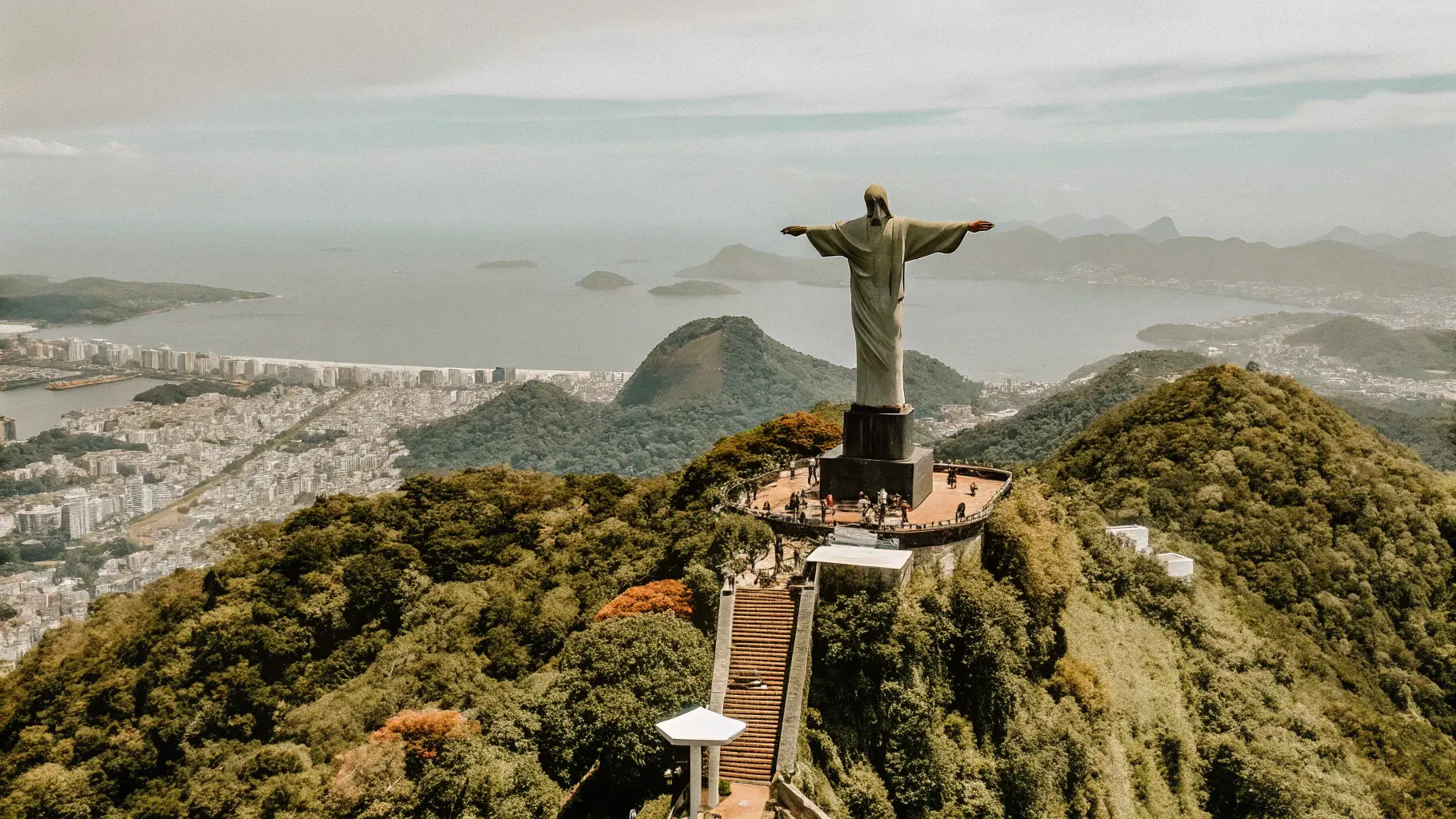
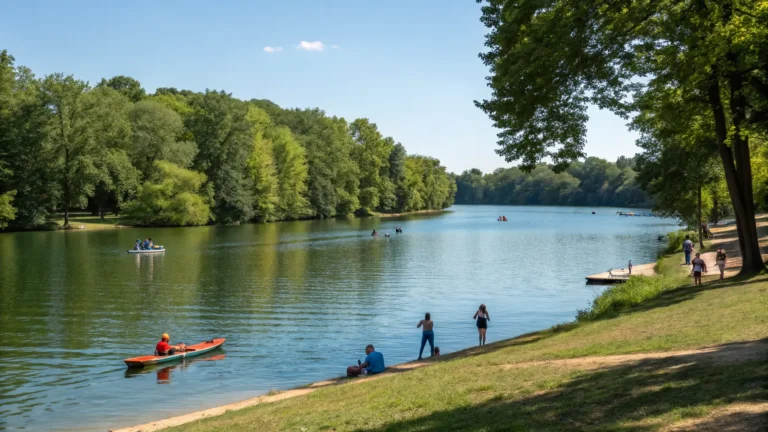
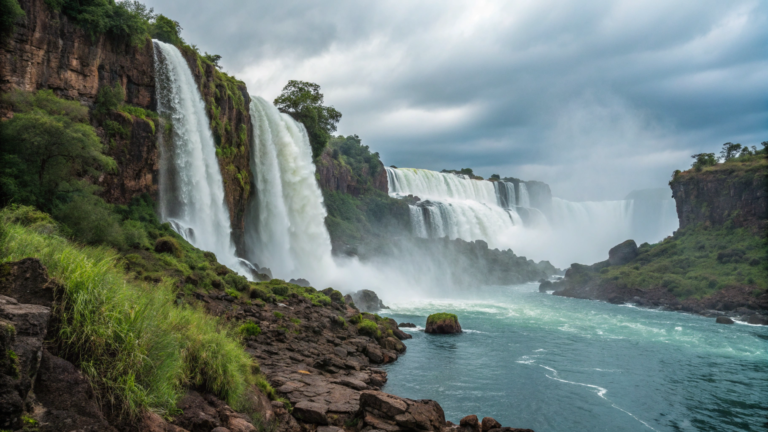

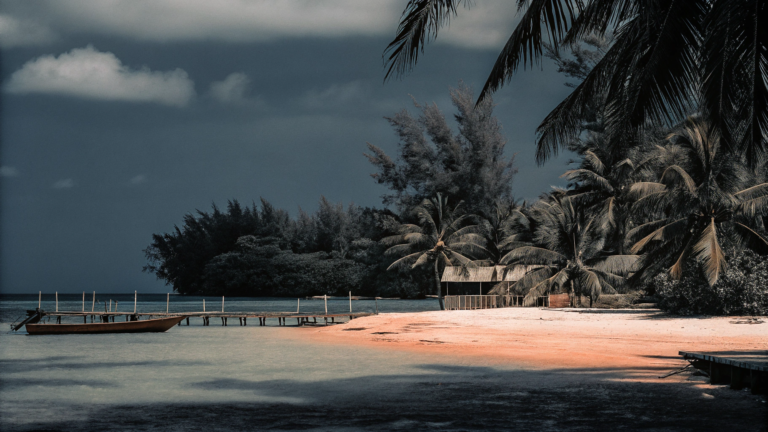

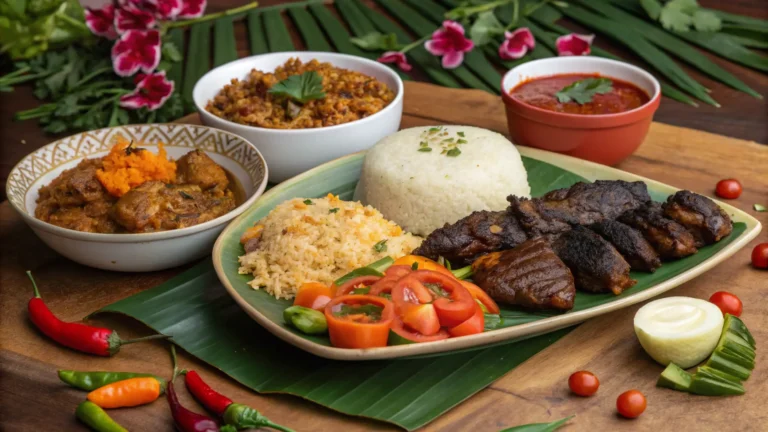
2 Comments